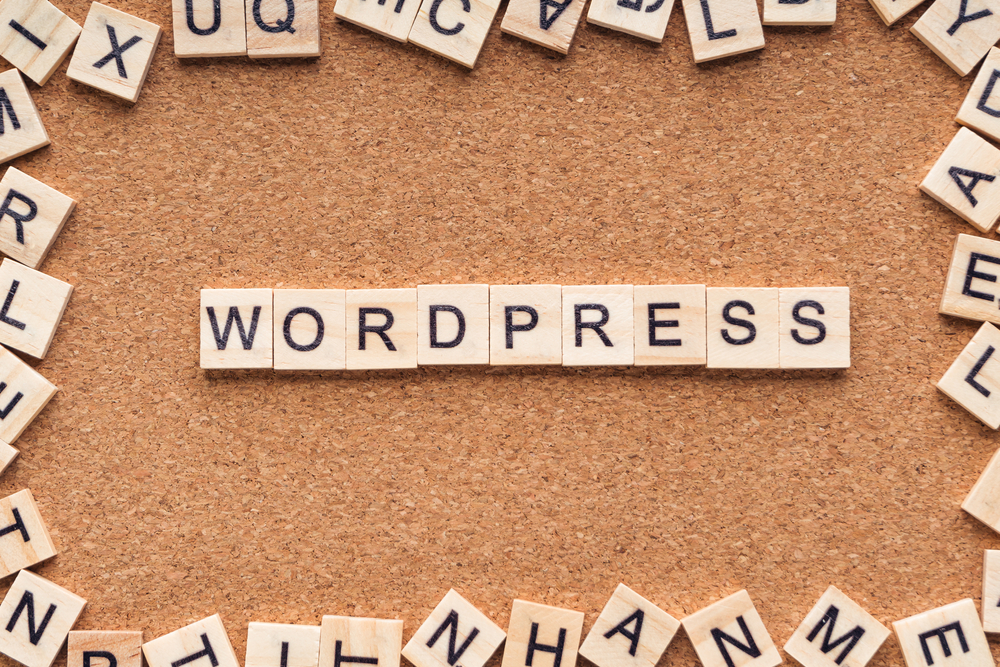
WordPress is an incredibly popular content management system (CMS) that allows users to create and manage websites with ease. Its user-friendly interface, robust features, and extensive customization options make it a top choice for businesses and individuals looking to establish an online presence. In this article, we'll share expert tips on how to enhance your WordPress (the platform for bloggers) website through customization and maintenance, ensuring that it stands out from the crowd.
1. Choose the Right ThemeOne of the first steps in building a successful WordPress website is selecting an appropriate theme. Your theme establishes the overall look and feel of your site, so it's crucial to choose one that aligns with your brand and goals. WordPress (the blogging platform) offers both free and premium themes, each with its own set of features. Take your time to explore various options, keeping in mind factors such as responsiveness, customization options, and user reviews.
5 Key Points:
Choose a theme that aligns with your brand and goals.
Consider the responsiveness of the theme.
Taking customization options into account is crucial.
Review user ratings and feedback.
2. Leverage Plugins for Added Functionality
WordPress plugins are tools that extend the functionality of your website by adding unique features and capabilities. With over 50,000 plugins available in the WordPress repository, there is virtually no limit to what you can achieve. Whether you need a contact form, e-commerce integration, or search engine optimization tools, there's a plugin for it!
When selecting plugins, it's important to consider factors such as reliability, support, and compatibility with your theme. Install only the necessary plugins to avoid bloating your website, as too many plugins can slow down your site's performance.
3. Customize Your DesignCustomizing the design of your WordPress website allows you to create a unique online presence that reflects your brand identity. WordPress offers a variety of customization options, including the ability to change colors, fonts, and layout. While you can make some basic changes directly from the WordPress (WP) Customizer, more advanced customization may require a basic understanding of HTML and CSS.
Additionally, you can take advantage of Page Builders, such as Elementor or Divi, which provide a drag-and-drop interface to design stunning web pages without any coding knowledge.
4. Optimize for PerformanceWebsite speed and performance play a crucial role in user experience and search engine rankings. Slow-loading websites often lead to higher bounce rates and lower conversion rates. To optimize your WordPress (or WP) site's performance, consider the following:
a. Optimize images: Compress and resize images before uploading them to your website. Use plugins like Smush or EWWW Image Optimizer to automatically optimize images.
b. Caching: Utilize caching plugins like WP Rocket or W3 Total Cache to store static versions of your website, reducing the server load and improving loading times.
c. Minify CSS and JavaScript: Minification reduces the file size of these resources, resulting in faster page load times. Plugins like Autoptimize can handle this automatically.
d. Use a content delivery network (CDN): CDNs distribute your website's static content across various servers globally, reducing loading times for users in different regions. Popular CDNs include Cloudflare and MaxCDN.
5. Regular Updates & BackupsRegular updates are crucial for the security and stability of your WordPress website. Ensure that your WordPress core, themes, and plugins are up to date to protect against vulnerabilities and compatibility issues. Enable automatic updates whenever possible to simplify this process.
Additionally, regular backups are essential to protect against data loss. Use plugins like UpdraftPlus or VaultPress to automatically backup your website to an offsite location. In case of any mishaps, you can restore your website quickly and efficiently.
Frequently Asked Questions1. How can I change the theme of my WordPress website?
To change your WordPress theme, navigate to the Appearance > Themes section in your WordPress dashboard. Click on "Add New" to browse available themes. Once you find the desired theme, hover over it and click on the "Install" button. After installation, click on "Activate" to set the new theme as your website's design.
2. What should I do if a plugin conflicts with my WordPress theme?
If you encounter a plugin conflict, the first step is to deactivate the plugin causing the issue. Navigate to the Plugins section in your WordPress dashboard, find the problematic plugin, and click on "Deactivate." If necessary, you can reach out to the plugin developer for support or look for an alternative plugin that provides similar functionality.
3. How often should I update my WordPress website?It is recommended to update your WordPress website, themes, and plugins as soon as new updates become available. Developers release updates to address security vulnerabilities, fix bugs, and introduce new features. By staying up to date, you ensure the overall safety and performance of your website.
4. Does adding numerous plugins affect my website's performance?While plugins can enhance your WordPress website's functionalities, using too many unnecessary plugins can negatively impact performance. Each plugin adds additional code and can slow down your website. It's essential to regularly review and remove any plugins that are no longer needed or causing performance issues.
5. Can I customize my WordPress website without coding knowledge?Absolutely! WordPress provides various user-friendly customization options, allowing you to personalize your website without any coding knowledge. Take advantage of themes with built-in customization options or use Page Builders like Elementor or Divi, which offer a drag-and-drop interface for designing beautiful web pages.
Mastering WordPress takes time and practice, but armed with these expert tips, you're well on your way to creating a fabulous website that stands out from the crowd. Remember to choose the right theme, leverage plugins wisely, customize your design, optimize performance, and keep your website up to date. By following these guidelines, you'll ensure your WordPress website operates smoothly and successfully!
Other useful resources
- https://en.wikipedia.org/wiki/Blog
- https://www.wordpress24plus.com
- https://www.wordpress24plus.com/wordpress-tools-directory/
Set the number of columns in the parameters of this section. Make your own website in a few clicks!